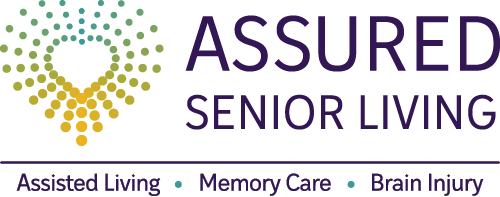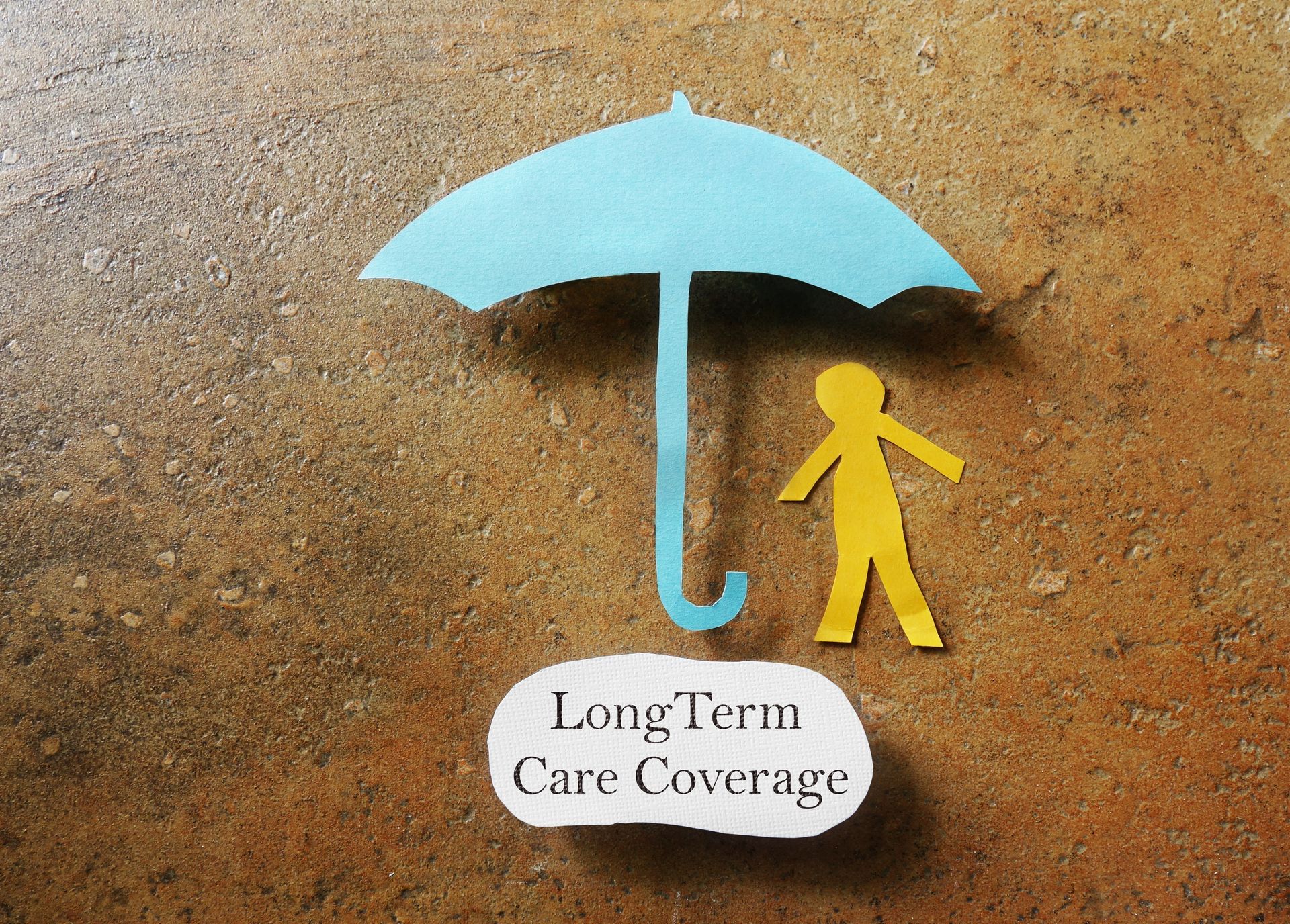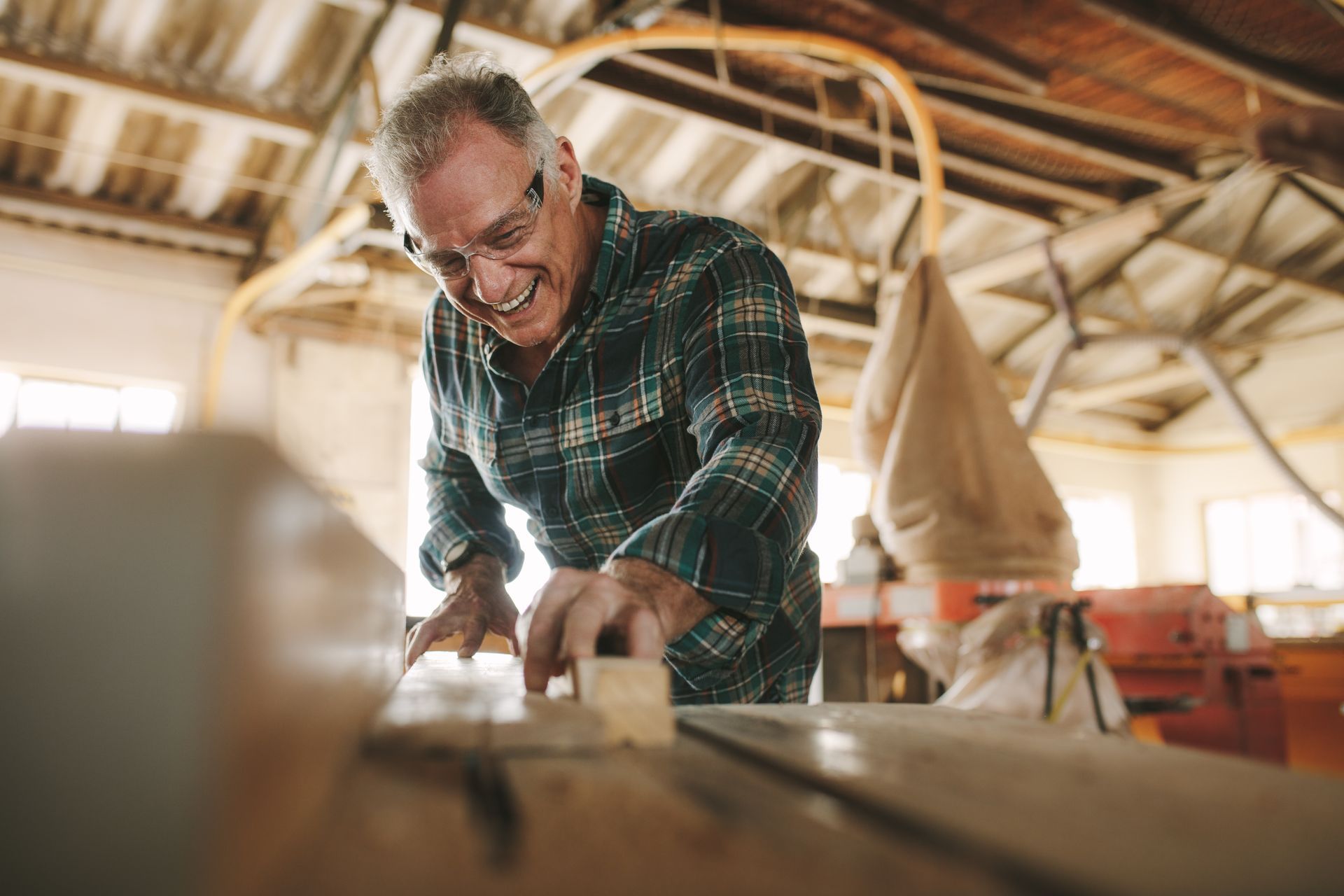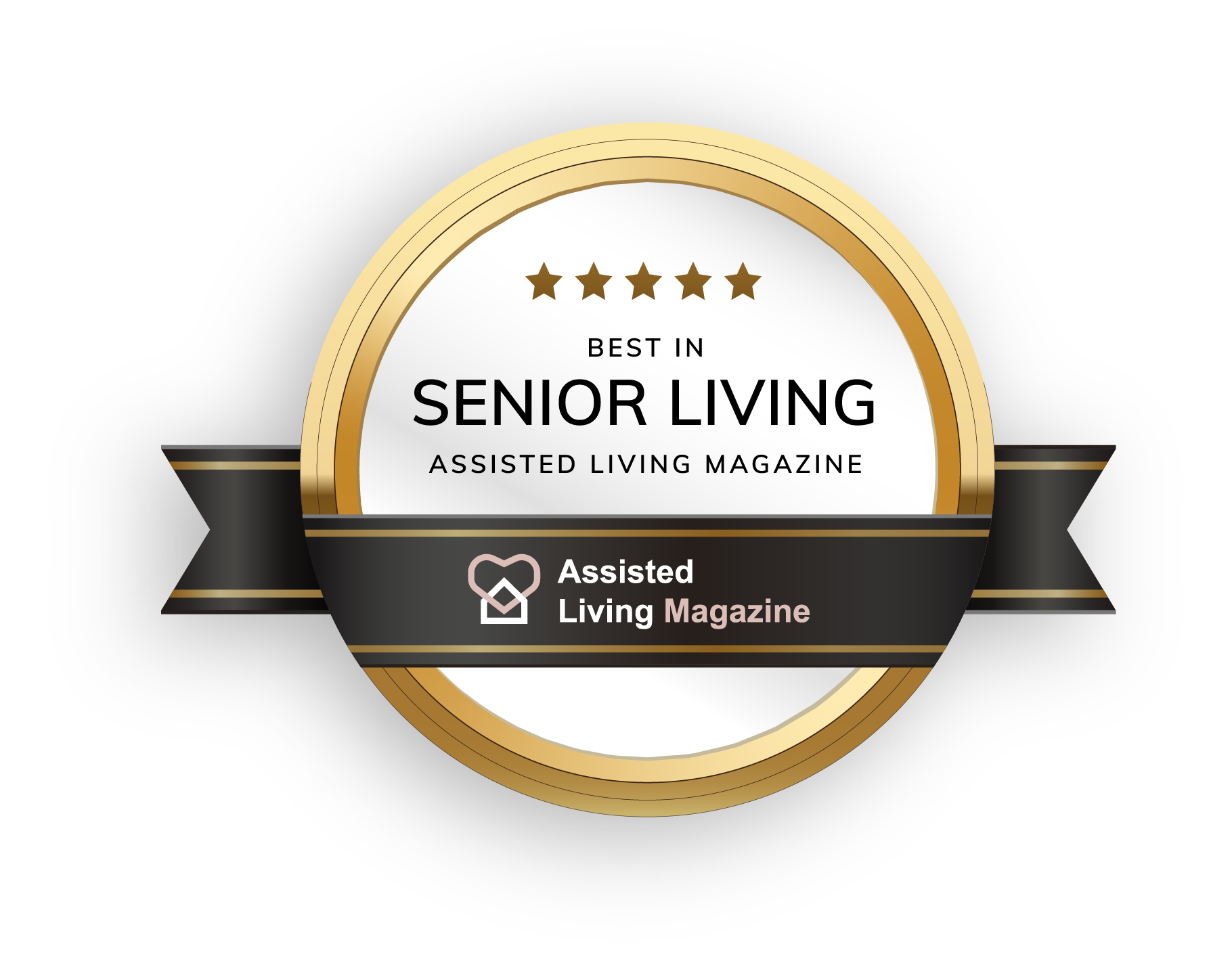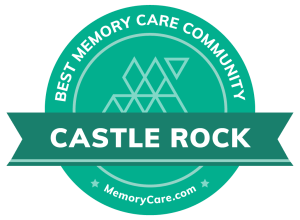Give us a call: (303) 814-2688
Email us on: francis@assuredal.com
BLOG
Home Preparation Tips You Should Know Before Moving into Assisted Living
Deciding to move into assisted living is a significant step for seniors and their families. It’s an opportunity for individuals to receive the support they need while maintaining independence. However, preparing for this transition requires careful planning, especially regarding home preparation. Creating a seamless transition is crucial for the comfort and well-being of the senior.
In this blog, we’ll explore key tips to help you and your loved ones prepare their home before they move to assisted living. These strategies ensure a smooth transition from sorting personal belongings to managing emotions. Understanding what to expect can ease the stress associated with this life change.
Decluttering and Organizing Belongings for Assisted Living
Decluttering is an essential first step when preparing to move to assisted living. Over the years, seniors may have accumulated many items that won’t be needed in a smaller living space. Sorting through these belongings helps create a more manageable transition and ensures that only the most essential items are brought to the new residence.

Start by organizing items into three categories: keep, donate, and discard. This process can take time, so beginning well before the move is essential. Involving family members in this process can also make it more enjoyable and allow everyone to reflect on memories associated with cherished possessions.
It’s important to focus on keeping items that provide comfort, such as family photos, mementos, or favorite pieces of furniture. These items will help make the assisted living environment feel more like home, offering emotional reassurance during the adjustment period.
Addressing Emotional Aspects of the Transition to Assisted Living
The emotional side of moving to assisted living can be just as challenging as the physical move. For many seniors, leaving their homes for many years can feel like losing a part of their identity. Acknowledging these emotions is critical for helping them adjust to the change.
Family members should provide emotional support by actively listening to their loved one's concerns and feelings. This might involve discussing the benefits of assisted living, such as increased social opportunities, access to healthcare, and fewer responsibilities. Highlighting these positive aspects can help ease feelings of anxiety or reluctance.
It’s also helpful to visit the assisted living community beforehand. Touring the facility, meeting staff, and getting a sense of the daily activities can provide a sense of familiarity, reducing some of the fear of the unknown. These steps ensure that seniors feel more comfortable with their decisions.
Downsizing for a Smaller Space
One of the most practical aspects of preparing for a move to assisted living is downsizing. Most seniors will move from a larger home into a smaller apartment or room, so it’s important to consider what will fit comfortably in the new space. Understanding the dimensions of the new living area can help guide decisions about furniture and personal items.
When downsizing, focus on functional items that serve multiple purposes. For example, a small dresser that doubles as a nightstand can save space while still providing storage. It’s also important to bring items that help create a sense of home, such as a favorite chair or blanket.
Consider consulting with the assisted living facility for guidelines on what to bring. Some communities provide basic furniture; seniors may only need to get personal touches like artwork or books. Being selective with what is brought helps prevent clutter and ensures the new space remains comfortable and inviting.
Coordinating the Move with Professionals
Moving into assisted living can be physically demanding, especially for seniors with limited mobility. Hiring professional movers experienced in senior relocations can ease the process. These movers understand the specific needs of seniors and can handle the logistics of packing, transporting, and unpacking belongings.
In addition to movers, some families may choose to work with senior move managers. These professionals specialize in helping seniors downsize, organize, and transition to assisted living. They can provide guidance on what to bring, help with decluttering, and coordinate the move, reducing the stress on the seniors and their families.
Communicating with the assisted living facility is also a good idea to understand their moving procedures. Some communities may have specific move-in days or offer assistance with unpacking and setting up the new space. Coordinating with facility and professional movers ensures a smooth, organized transition.
Ensuring Safety During the Transition
Safety should be a top priority when preparing to move to assisted living. Seniors may have specific health needs or physical limitations that should be considered during the move. For example, items should be packed to minimize heavy lifting or awkward movements to avoid injury.

Additionally, it’s important to check the new living space for any safety modifications that may be necessary. Some assisted living communities already have safety features such as bathroom grab bars or non-slip flooring. However, if additional improvements are needed, making these changes before move-in day is best to ensure a safe environment.
Seniors should also ensure that necessary medications, medical devices, and important documents are easily accessible during the move. Keeping these items in a clearly labeled, separate box ensures they are readily available upon arrival.
Creating a Comfortable New Environment
Once the seniors have moved into their assisted living community, the next step is making the new space feel like home. Familiar items like family photos, a favorite quilt, or treasured books can create a sense of continuity, easing the adjustment process. The goal is to make the environment as comfortable and welcoming as possible.
Involve the seniors in setting up their new space to reflect their personality and preferences. This will help them feel more in control of their surroundings and reinforce the idea that their new home is where they belong. Encourage them to personalize the space with artwork, plants, or other meaningful items.
It’s also helpful to establish a routine once they’ve settled in. Assisted living communities offer structured schedules with meals, activities, and social events, but having a familiar routine can provide additional comfort. Regular visits or phone calls from family members can also help maintain a connection during the transition.
Preparing for a Smooth Transition to Assisted Living
Moving into assisted living is a significant life change that requires thoughtful preparation. From decluttering and downsizing to addressing emotional concerns, every step should prioritize the senior’s comfort and well-being. Family involvement and professional support can make the transition smoother and more manageable.
At Assured Senior Living, we understand the complexities of moving into assisted living. Our team is here to help you and your loved ones every step of the way. Schedule a consultation today to learn how we can support your transition into our welcoming community.
All Rights Reserved | Assured Senior Living
